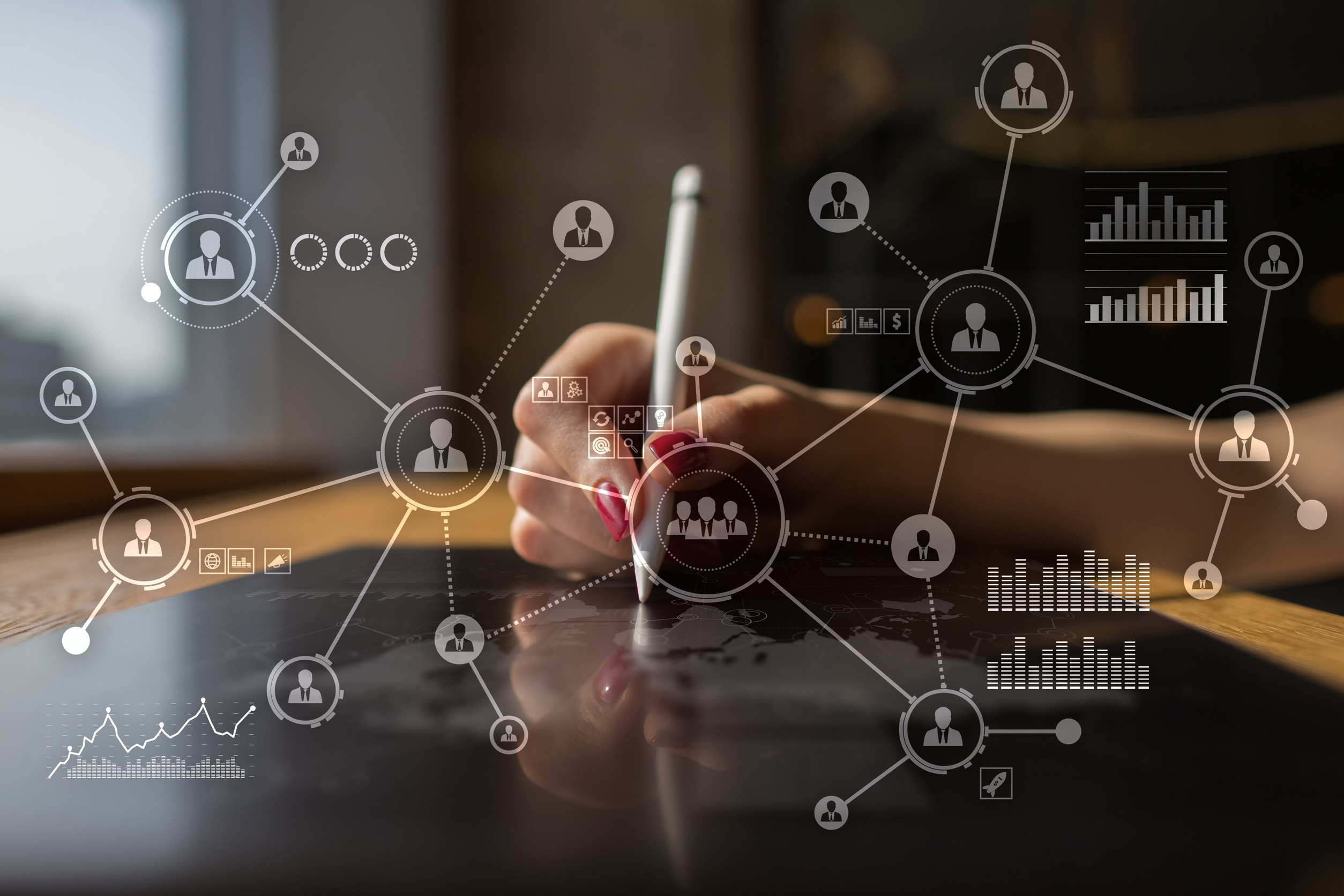Have you begun building a business-wide approach to people L&D?
- HRM Asia Newsroom

The greatest myth about Industry 4.0 – an era that is hallmarked by an incessant, ever-quickening pace of change due to technological advancements and the emergence of AI – is that it is coming, and when its wave hits us, it is going to hit us hard.
It is a myth because the Fourth Industrial Revolution is not on its way… Industry 4.0 is already here.
What does this actually mean?
To better understand the implications of that question, we first must think about what an unabating and accelerating pace of change means for you.
Think of how much time, money, and effort you have invested in building a specific area of technical knowledge; something that is a source of significant competitive advantage, whether to yourself and/or to your employer. That investment is, of course, enormous – whether measured in years, dollars, or just plain old blood, sweat and tears.
Now imagine the shelf life of those skills, knowledge, and abilities that you have built up over your career. Maybe it is a highly specialised ability of an area of law, or economics, or engineering. Perhaps it is an intimate understanding of all the intricacies, technologies, and personalities that affect and shape an industry or sector of business. Whatever it is, that knowledge must evolve and attain new and even higher levels to remain useful, let alone be competitively advantageous to you. But there will come a time when what you once knew to be true is no longer relevant or applicable.
In the past, you would approach this need to upskill and retrain in a gentle enough manner; every now and then, you would go on a course, gain further experience by working on the delivery of a new challenging project, enrol in further study, or lead a team through previously unchartered territory to define new and better ways of working.
However, the length of time between those rounds of necessary and vital upskilling is contracting – and because of the rapid and dynamic disruption we are now seeing – meaning that the time between some new technology emerging and you having to come to terms with the disruption it causes is getting shorter and shorter.
Why should I care?
According to a study conducted by the World Economic Forum, half the knowledge, skills, and abilities that you held in 2020 will be obsolete by 2030. We are not talking here about a labour force that spans skilled and unskilled workers; we are talking about university educated, professional, ‘white collar’ workers.
Think about what that means. Think about you, as an individual, being about half as effective as you are now in less than seven years’ time. Think about how you must now learn and replace that missing 50% with skills that you have never heard of with capabilities that have not even been invented yet.
Then, think about how that this process of retooling your professional, technical, and leadership skillset is now going to be constant and forever. For the rest of your career. Until the day you retire.
Now think about what that means if you zoom out and stop thinking about yourself for a second and begin to think about what it means for your organisation, your industry, and even the global talent marketplace.
How are we going to build the capability of all those people? How are we going to build the capability of your business? How are you going to build your own capability for a very challenging future that is already here?
These are the real questions that we need to be addressing in the context of Industry 4.0, about the skills employers and employees need to meet its demands. Because they are questions about the survival of your business and about your personal ability to stay relevant in the professional job market.
What do we do now?
If you are not already doing it, you need to create a capability strategy, build the tools, processes, and structures to deliver this to your people, and establish a learning and development culture across your organisation.

“You need to create a capability strategy, build the tools, processes, and structures to deliver this to your people, and establish a learning and development culture across your organisation.” – Steve Businovski
If you are already doing that, you are ahead of the curve! The next step is to develop and maintain a constant watch on the emerging capability needs of your business and people because this is not something that you can deliver once, tick a box, and satisfy your CEO that it is done and solved forever. You need to be your organisation’s Capability Champion, and you need to recruit others to your cause.
This is what a continuous learning and development culture means.
So how do you do that? Well, that is for every business to tackle and solve for themselves. But I can tell you what I do know, and how I did it, and the five things I learned about delivering a global organisational development and learning solution at HR Tech Festival Asia 2023.
See you there!
About the Author: Steven Businovski works in Organisational Development & Learning at BHP. Join him at HR Tech Festival Asia 2023 on May 11 at 2pm (SGT), where he will share tips on how to implement a global organisation L&D solution.






